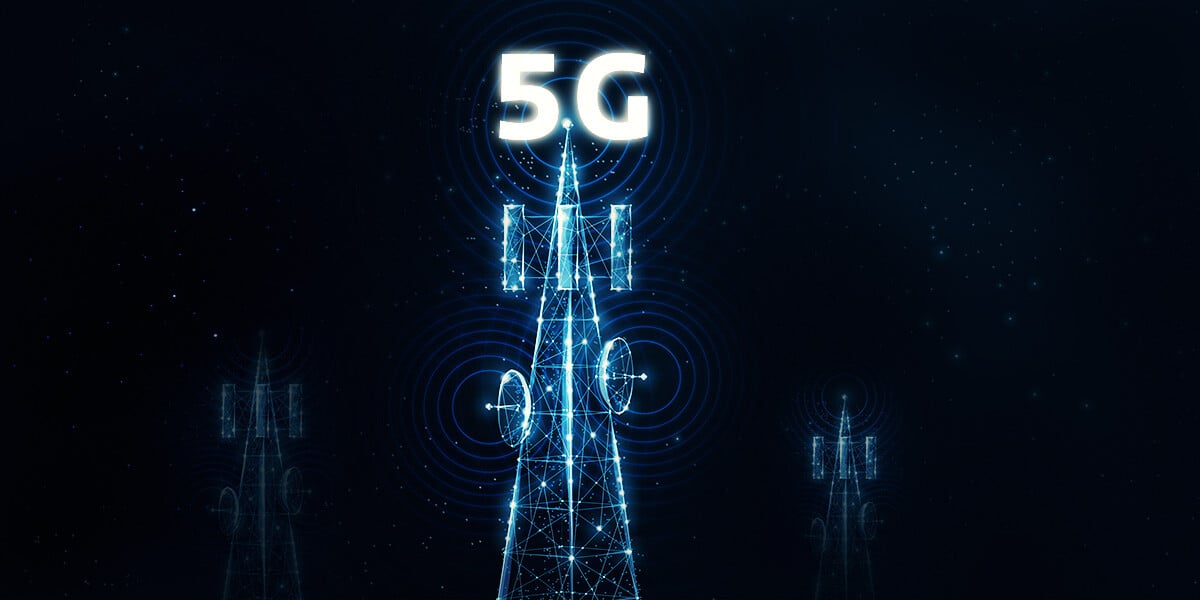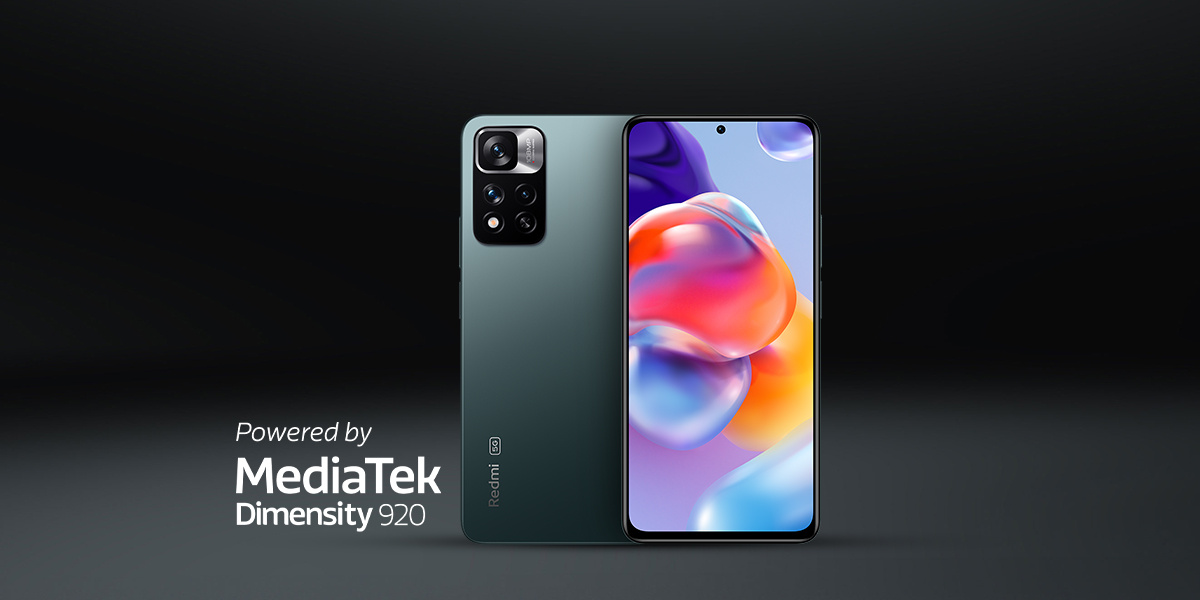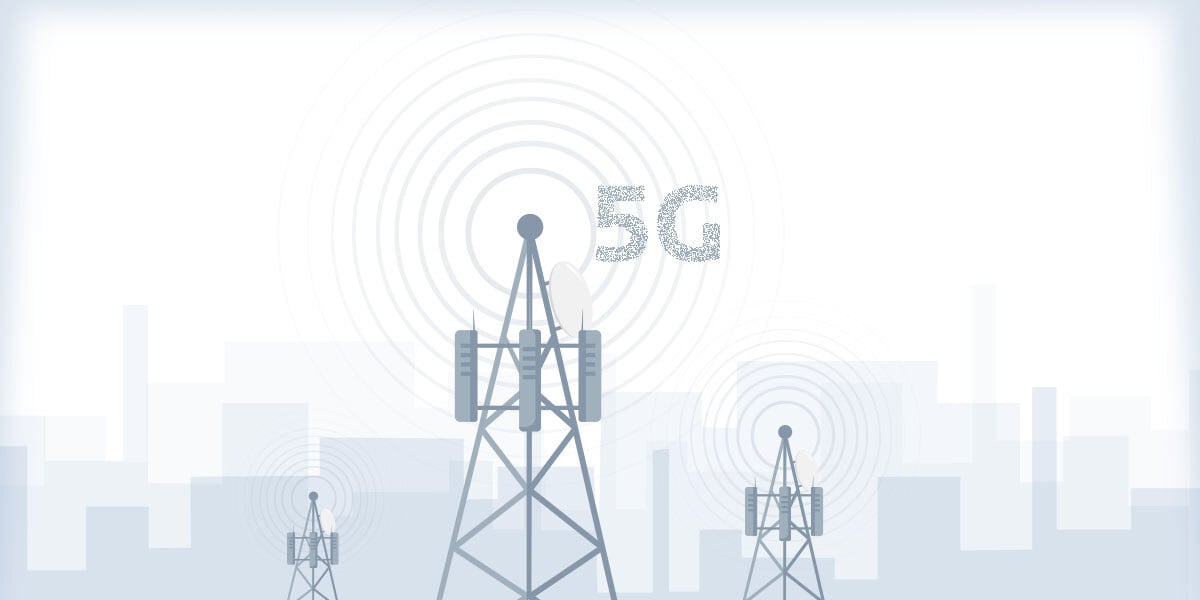While much of the conversation around 5G has focused on its impressive multi-gigabit download speeds, uplink performance is equally important. Uplink capabilities are crucial for enabling a wide range of applications and services, including live streaming, video uploads, industrial applications, telemedicine, public safety, automation, real-time collaboration, and online gaming — all of which demand high throughput and/or low latency.
TDD bands typically exhibit asymmetry in downlink and uplink capacity, with downlink being more dominant, as it is often prioritized. However, as 5G is deployed more widely across the globe, the growing diversity of applications requires excellent performance in both uplink and downlink. Therefore, uplink coverage and capacity are critical considerations for delivering a better user experience and improving system efficiency. TDD NR bands, such as the mid-band 3.5 GHz, are essential spectrum resources for 5G deployment, offering substantial bandwidth and high downlink capacity. However, these bands face challenges in uplink coverage and capacity due to the propagation characteristics of mid-band frequencies and the TDD duplexing technique.
In this context, the white paper introduces two key features for 5G uplink: Uplink Transmit (Tx) switching, introduced in Release 16, and the Uplink 3 Transmit (3Tx) antenna transmission solution. It also discusses the performance of these features based on two independent field studies. Readers are advised not to directly compare the data for each feature, as the network, spectrum, and bandwidth configurations vary across the studies.








 5G Fixed Wireless%2c powered by MediaTek T750.jpg)
